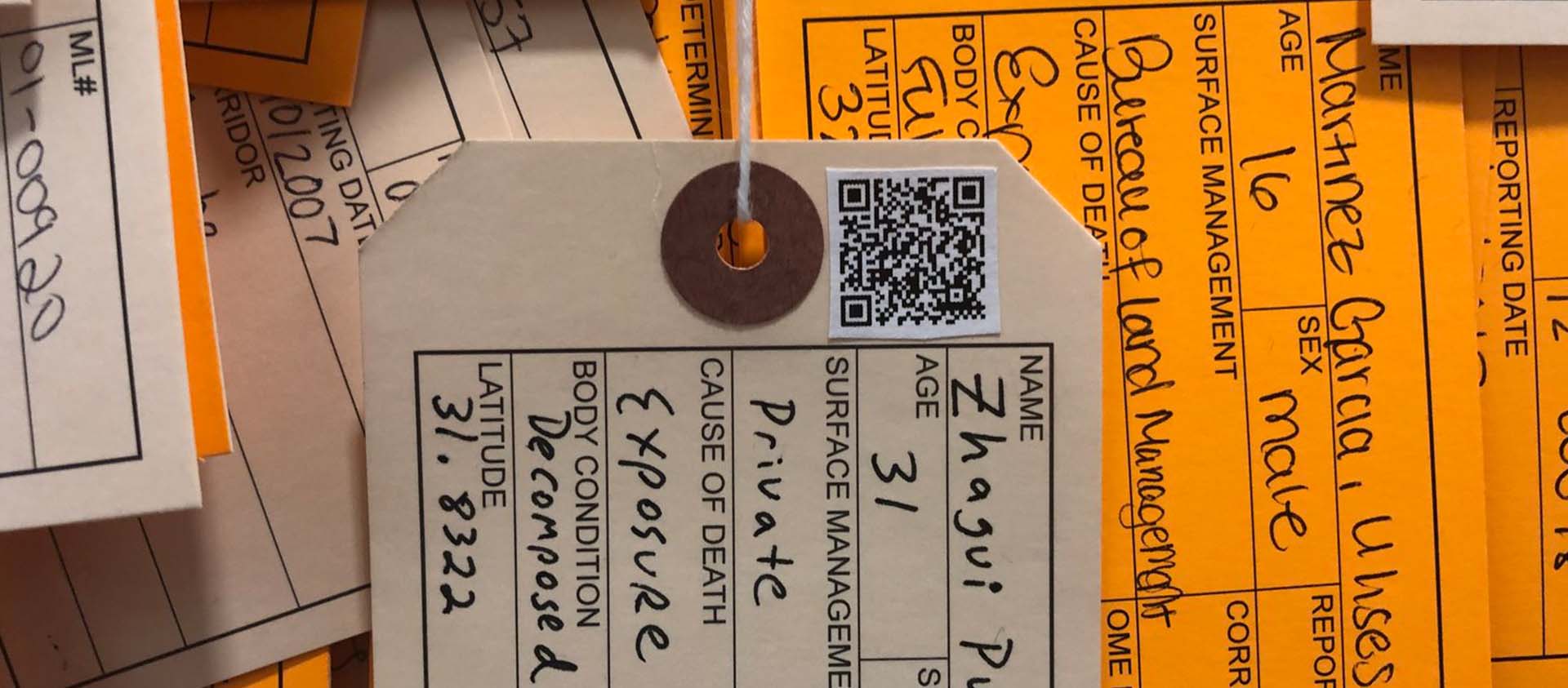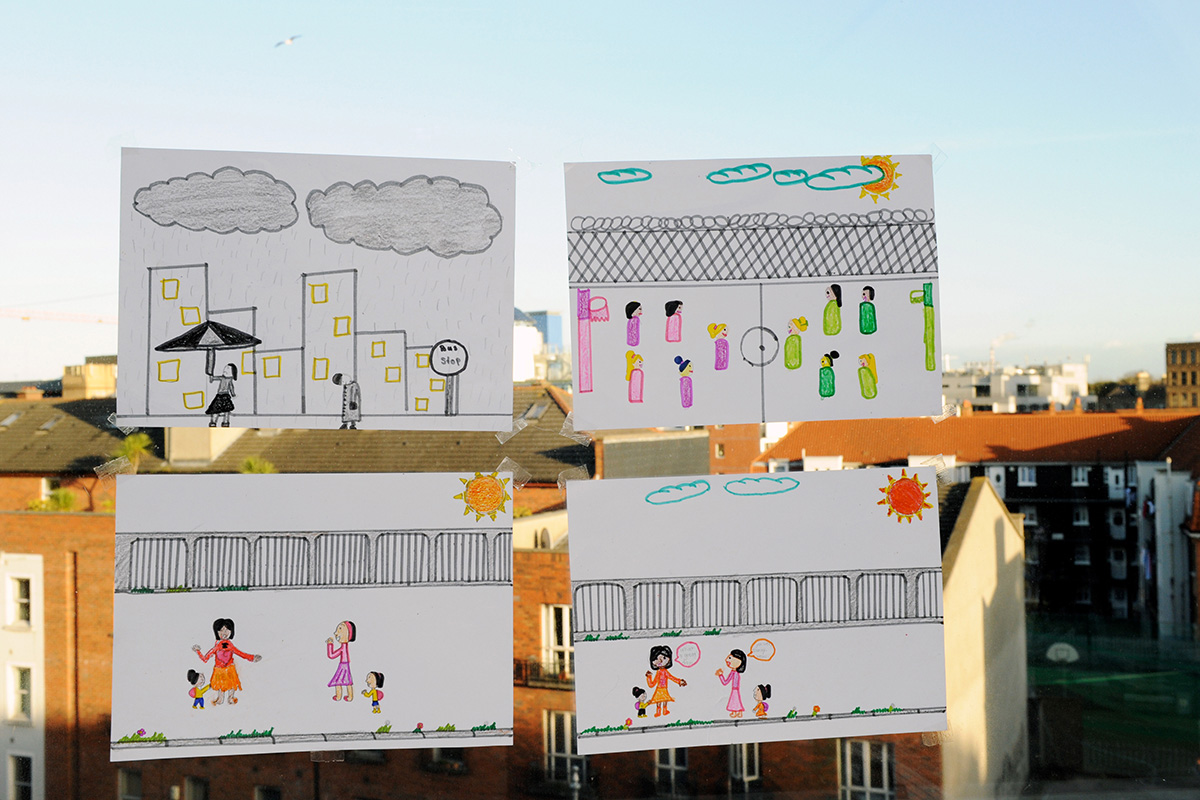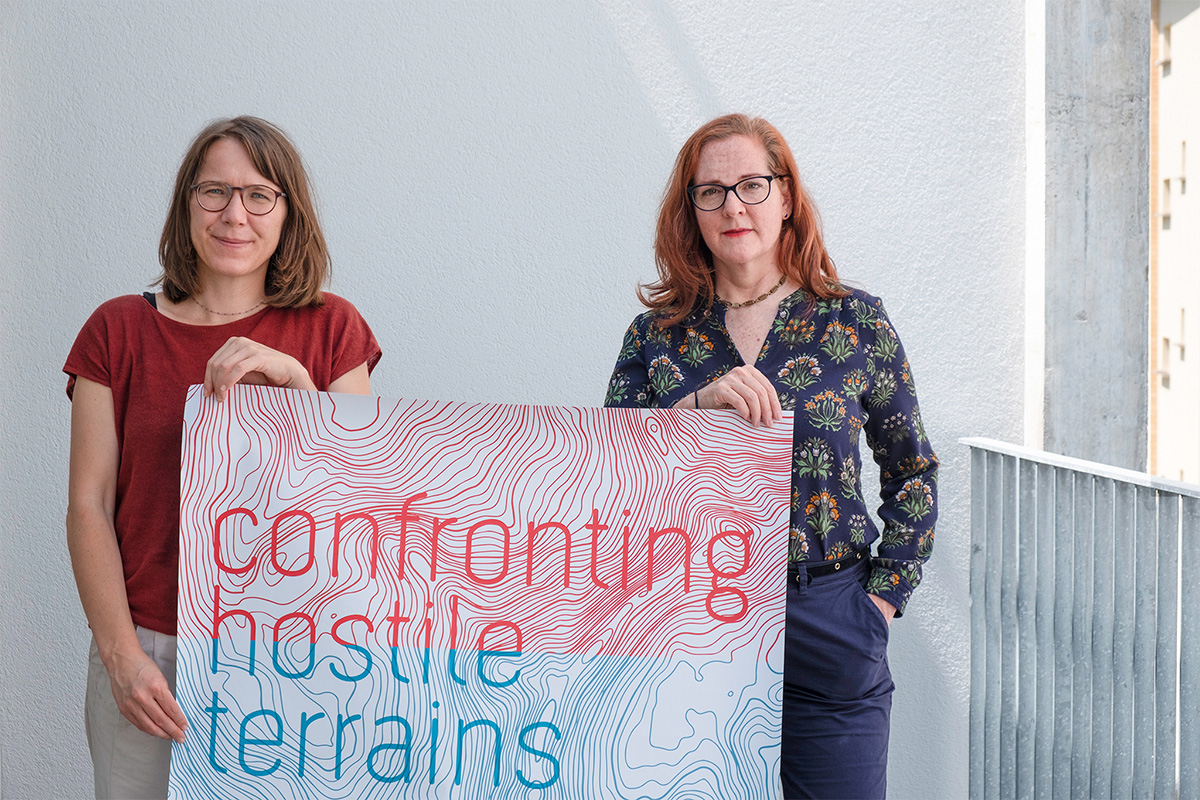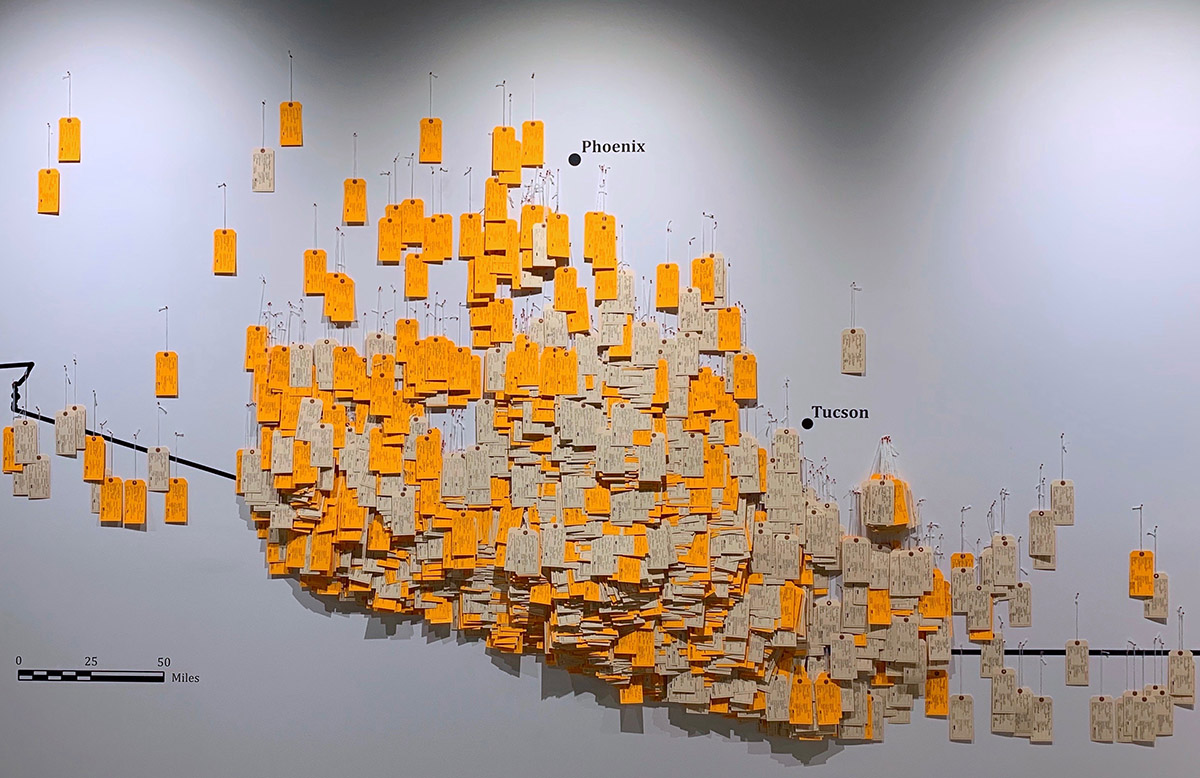The University’s Institute of Social Anthropology
Teaching at the Institute of Social Anthropology of the University of Bern covers the broad subject of social anthropology and the Institutes’s research focuses on activities on the areas of migration, anthropology of the state, economic and ecological anthropology, as well as media anthropology. One bachelor degree course and three master degree courses – including the specialized ATS program (“Anthropology of Transnationalism and the State”) and the CREOLE international master degree course – provide students with a solid foundation in the field and opportunities for specialization. The Institute also participates in several postgraduate programs for doctoral and post-doctoral researchers. The department performs anthropological and paleopathological analyses and samples remains to perform radiocarbon dating, stable isotope and paleogenetic analyses in the laboratory. The resulting data is the basis for interdisciplinary studies of nutrition, mobility, disease burden, population genetics, and relationships of past populations.




